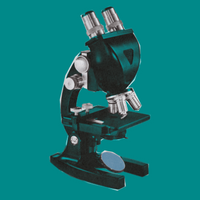You are in: Central America
Change location
You are here
Important ideas on assessment and learning

Effective assessment benefits both teachers and students. It’s not just you, as a teacher that needs to know how your students are doing. It’s important that students themselves are aware of where they are at so they can adapt and develop. We hope the resources below will be useful as a first step to understanding this important aspect of your role as a teacher.
Introduction to Assessment

Read this free chapter as your first introduction to assessment. It will help you understand the purpose of assessment, the difference between formative and summative assessment and the various different formats of assessment available.
To test or not to test?

With the introduction of the controversial standardised tests in reading, writing and maths for year 2 pupils – known as SATs– there has been a lot of debate around testing over the years. Here’s a little starting point to help you develop your own informed position on the topic by weighing the pros and cons.
The road to no 'levels'

In 2014 the DfE announced there would no longer be National Curriculum levels and that schools would have to set up their own way of assessing pupils. This has led to much celebration as well as confusion. In this chapter, Sam Hunter, head teacher of Hiltingbury Junior School in Hampshire, goes down memory lane, reflecting on life before and after levels.